Mysterious and Majestic: Discover the Elusive World of the Lynx
Meet the Lynx
With tufted ears, piercing eyes, and a stealthy step, the lynx is one of nature’s most mysterious felines. Known for their solitary lifestyle and stunning winter coats, these wild cats roam forests and snowy landscapes with ninja-like grace. Whether it’s the bobcat of North America or the rare Iberian lynx of Spain, each species brings something unique to the world of wild cats.
Meet the Four Species of Lynx
The lynx family includes four distinct species, each adapted to its unique environment:
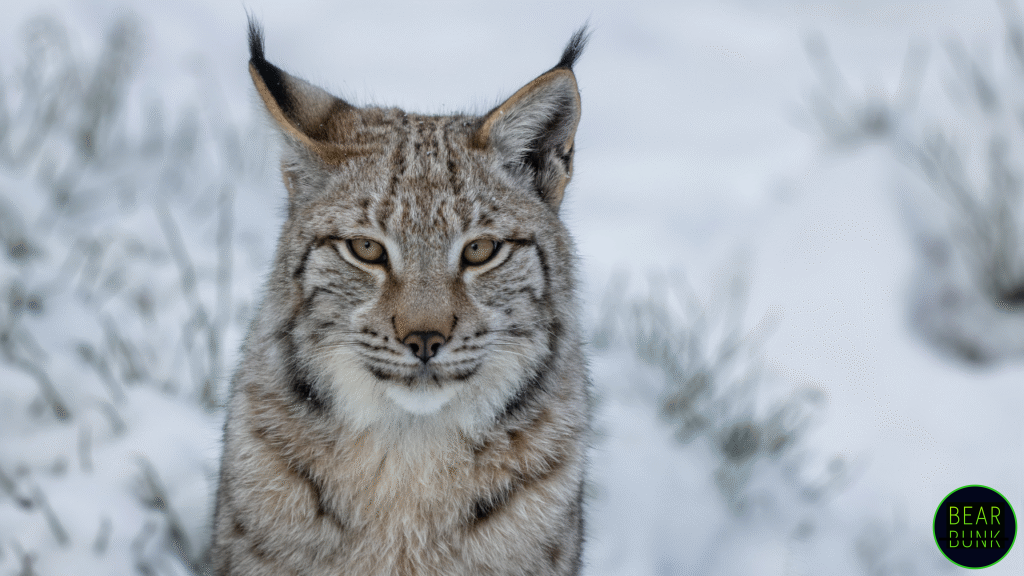
- Eurasian Lynx – The largest of the four, this species lives across Europe and Asia. It can weigh up to 66 pounds and sometimes hunts larger prey like deer.
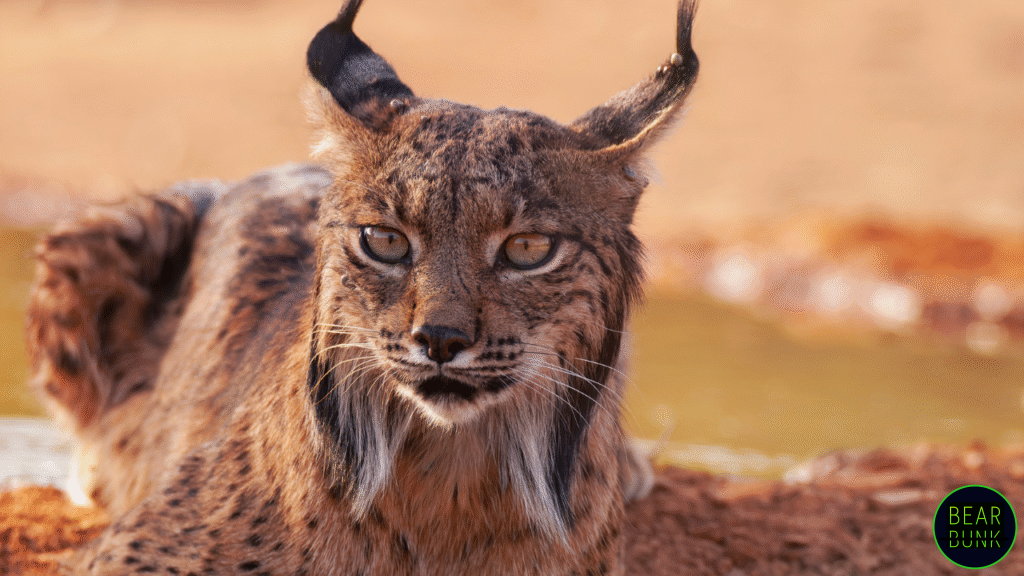
- Iberian Lynx – Once critically endangered, this beautiful lynx is native to southern Spain and Portugal. Conservation efforts have helped boost its numbers, but it remains one of the rarest wild cats on Earth.
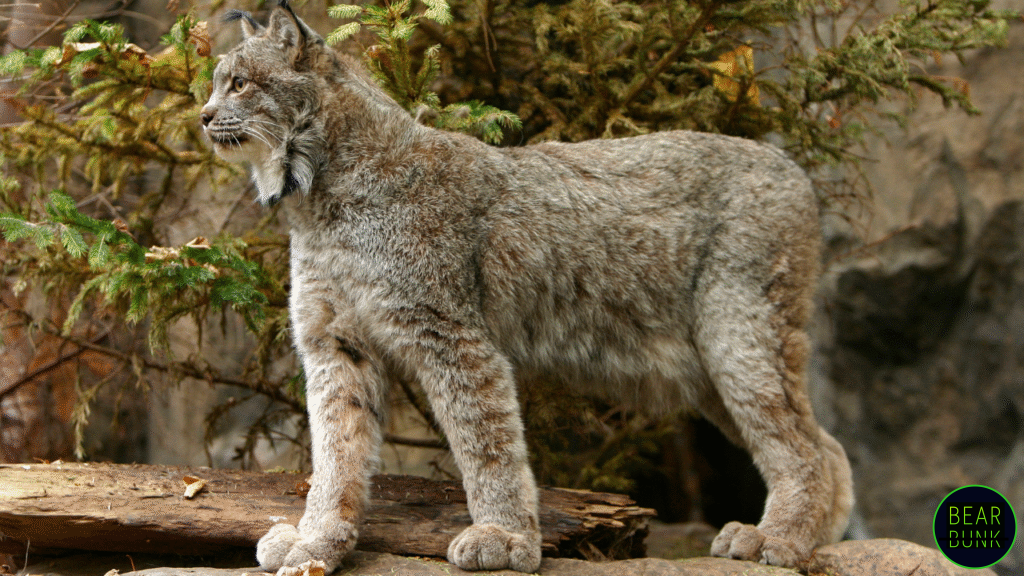
- Bobcat – The smallest of the group, the bobcat is widespread across the U.S. and parts of Mexico and Canada. Don’t let its size fool you—this agile cat is a powerful predator that thrives in diverse habitats.
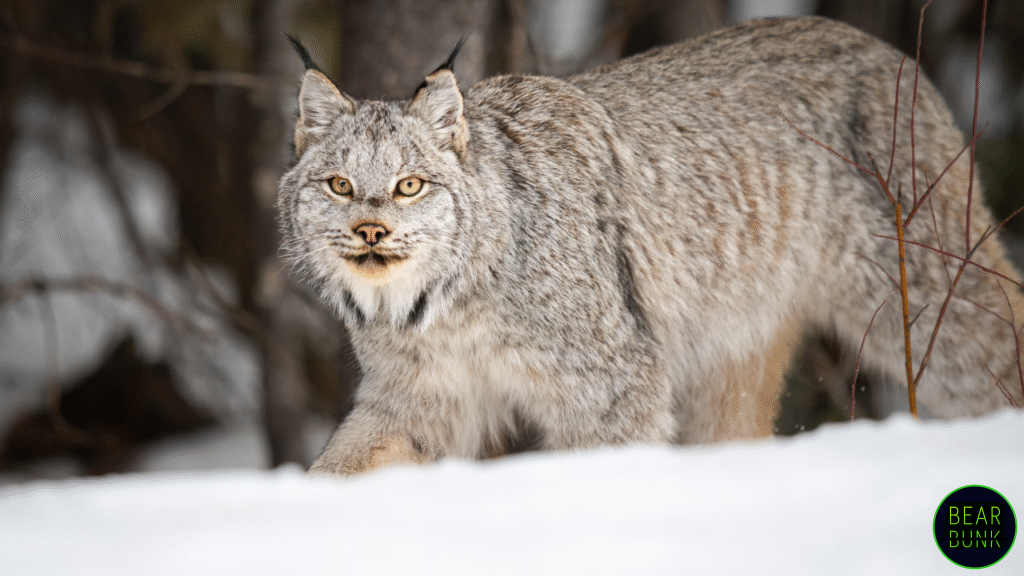
- Canadian Lynx – Found in the boreal forests of North America, this lynx is famous for its thick fur and oversized, snowshoe-like paws. It’s a specialist hunter of the snowshoe hare.
Where Do Lynxes Live?
Lynxes are elusive forest-dwellers who thrive in remote and rugged terrain. Their preferred habitats include:
- Dense coniferous or mixed forests
- Mountainous regions
- Tundra and subarctic zones
- Scrublands and Mediterranean woodlands (Iberian lynx)
They rely on thick vegetation for cover, which allows them to move silently and remain hidden from both prey and threats. Canadian lynxes are especially well-adapted to deep snow, thanks to their large, padded paws.
What Do Lynxes Eat?
Lynxes are carnivores with a diet focused on small to medium-sized prey:
- Canadian lynx depend almost entirely on snowshoe hares. Their populations rise and fall with hare abundance.
- Eurasian lynx hunt a variety of prey, including rabbits, birds, and sometimes deer.
- Iberian lynx are rabbit specialists, and their survival is tightly linked to rabbit populations in the Iberian Peninsula.
- Bobcats eat rabbits, rodents, birds, and occasionally even deer.
Rather than chasing down prey, lynxes use stealth and patience. They stalk quietly, wait for the right moment, and make a lightning-fast pounce.
Mating and Raising Young
Lynx mating season usually takes place in late winter or early spring. After a gestation period of about two months, the female gives birth to a litter of 1 to 4 kittens in a well-hidden den.
Kittens are born blind and helpless. The mother cares for them alone, nursing them and later teaching them essential survival skills like stalking, climbing, and avoiding danger. By 10 months of age, most lynx kittens are ready to start their independent lives.
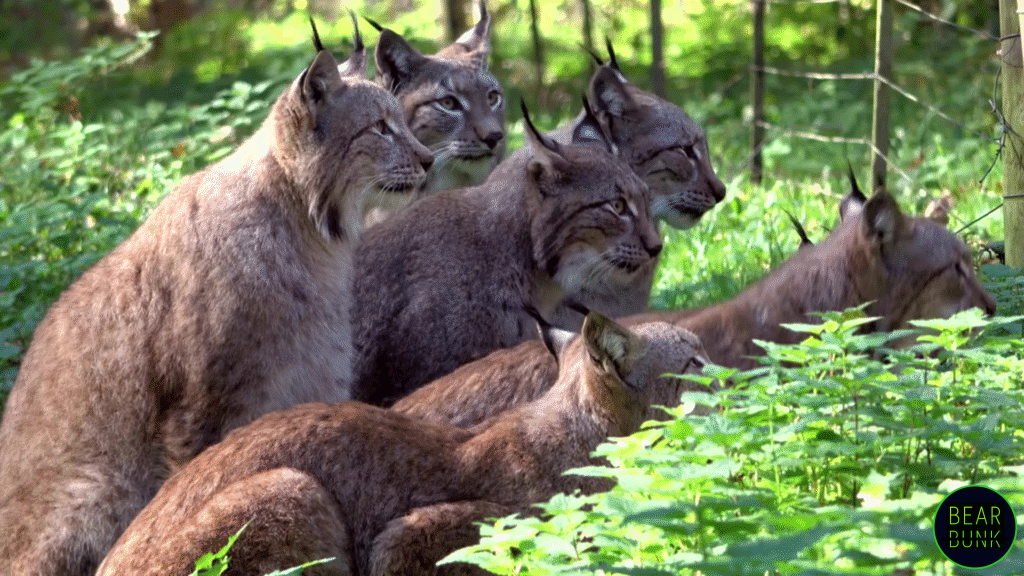
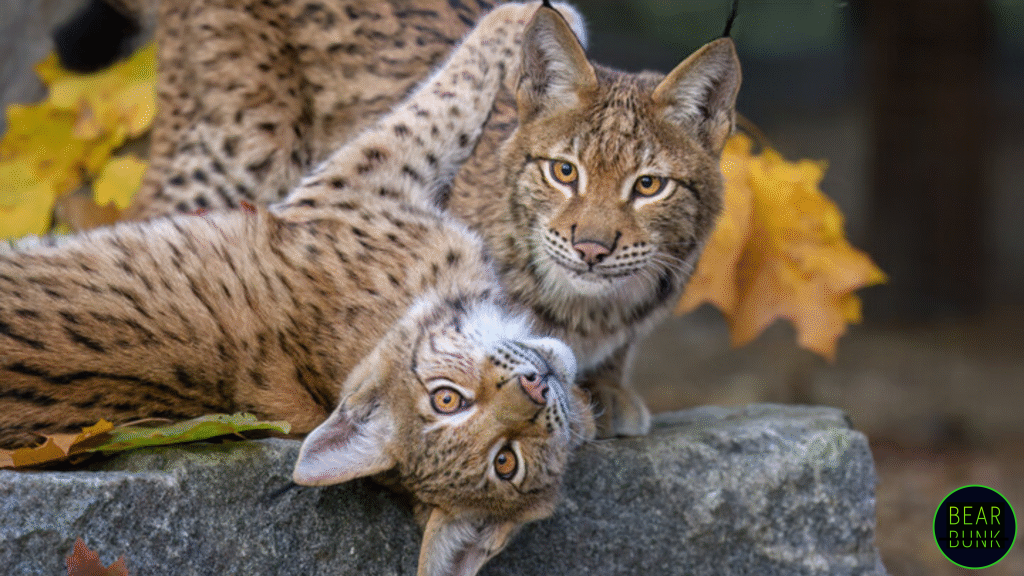
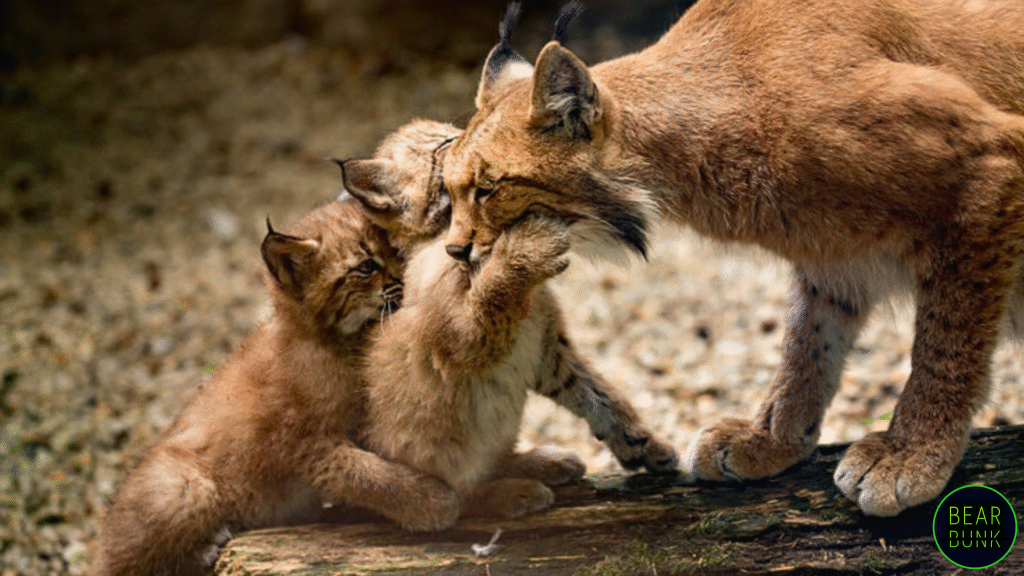
Fun Facts
- Lynx have superpowered hearing thanks to the tufts on their ears.
- Their huge paws act like built-in snowshoes.
- Some lynx can leap over 6 feet in a single bound!
- The Iberian lynx is one of the most endangered wild cats on Earth.
About Lynx
| Trait | Details |
|---|---|
| Family | Felidae (wild cat family) |
| Species | Canada lynx, Eurasian lynx, Iberian lynx, and bobcat |
| Habitat | Forests, mountains, tundra, and Mediterranean woodlands |
| Diet | Carnivorous (mostly rabbits, birds, and small mammals) |
| Traits | Solitary, stealthy, excellent night vision, retractable claws |
Why We Love Them
Lynx are the quiet guardians of the forest. Their graceful movements and wild independence capture our imaginations—and their resilience reminds us how important it is to protect their habitats. From the icy north to the rugged woodlands, the lynx adds a touch of mystery to every ecosystem it calls home.
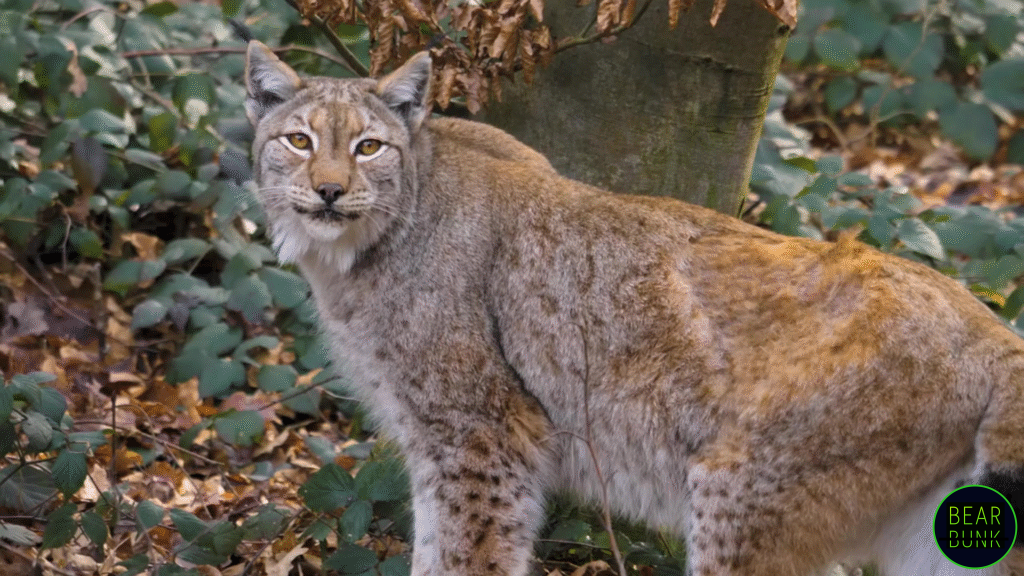
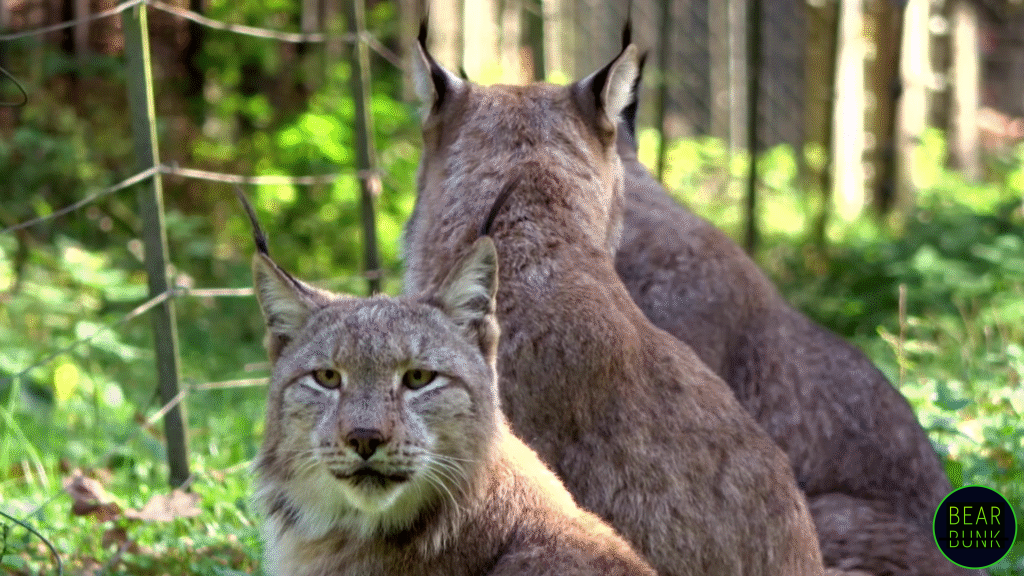
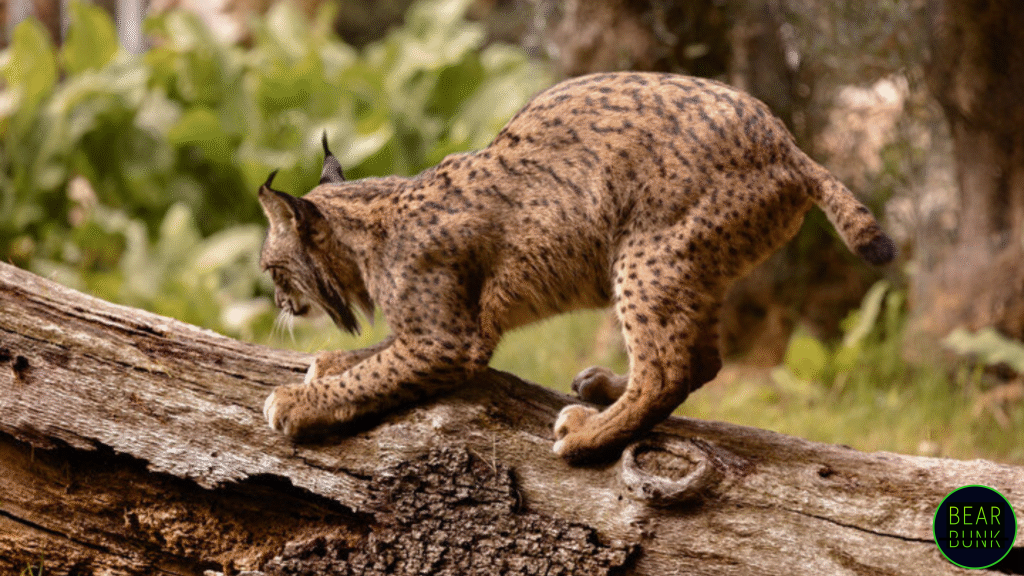
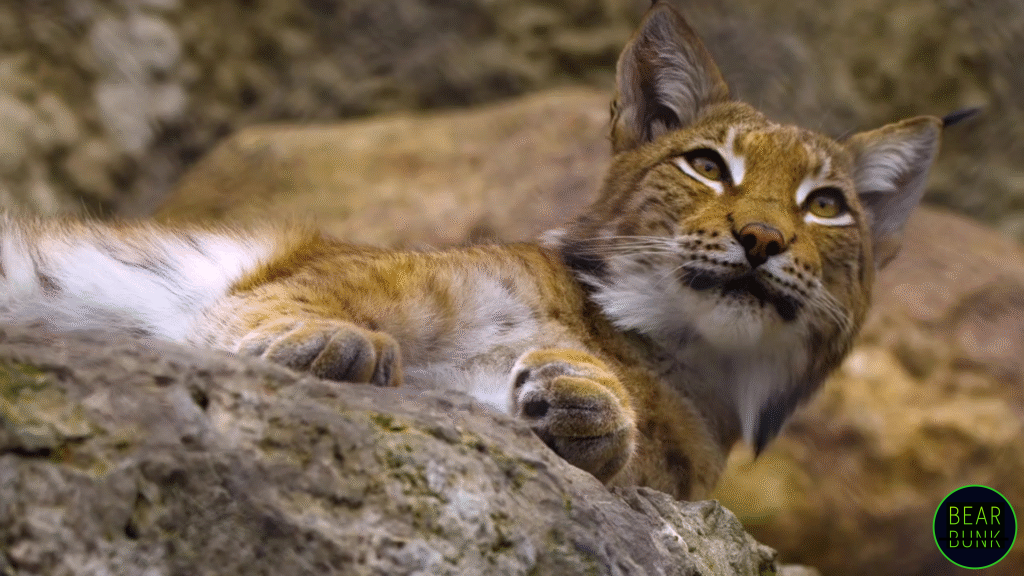
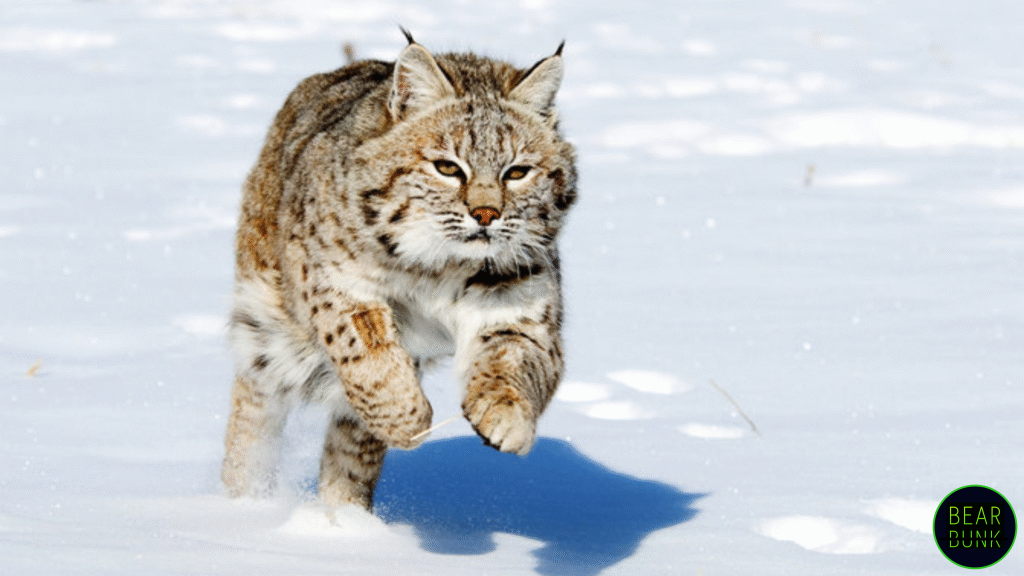
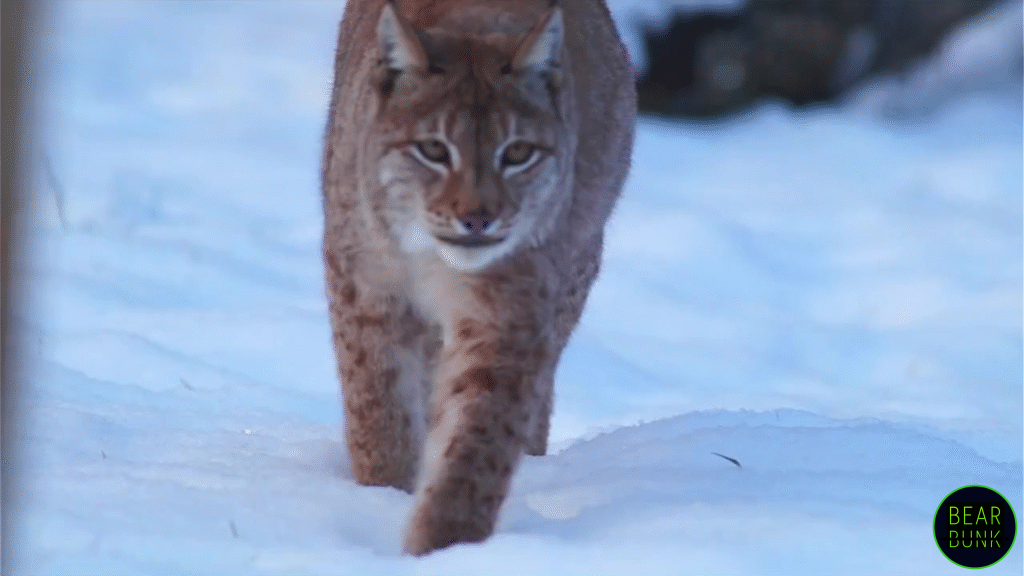
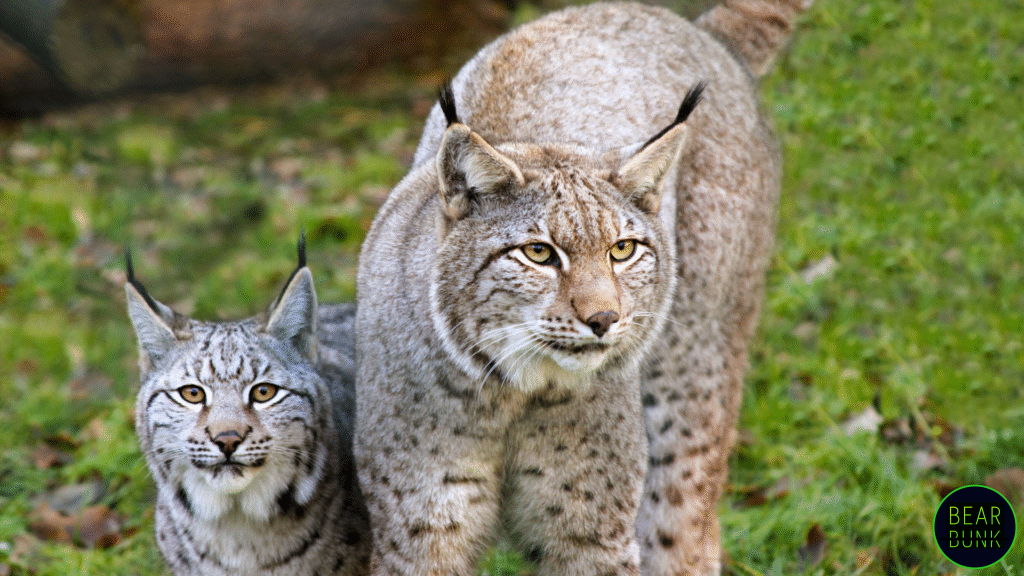
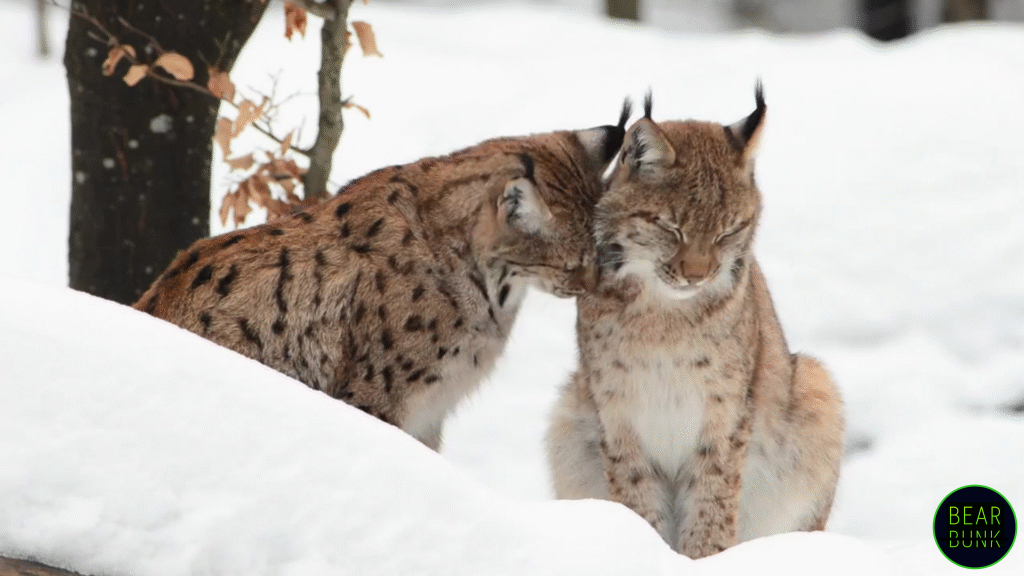
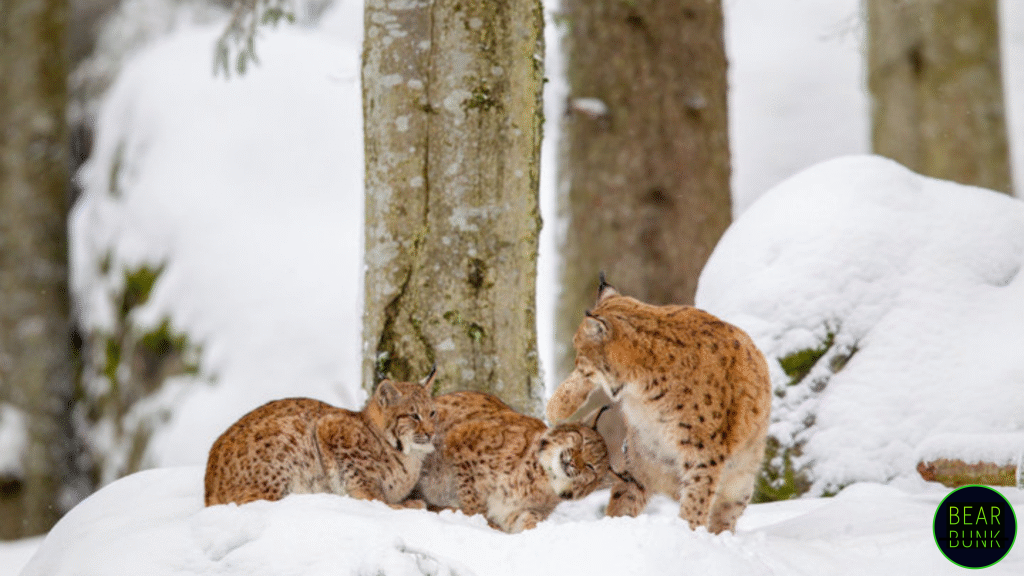
Watch the Video
Watch on YouTube (Replace with actual link)
Related Content
Want to explore more amazing animals? Check out these favorites:

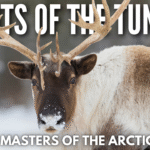




Leave a Reply